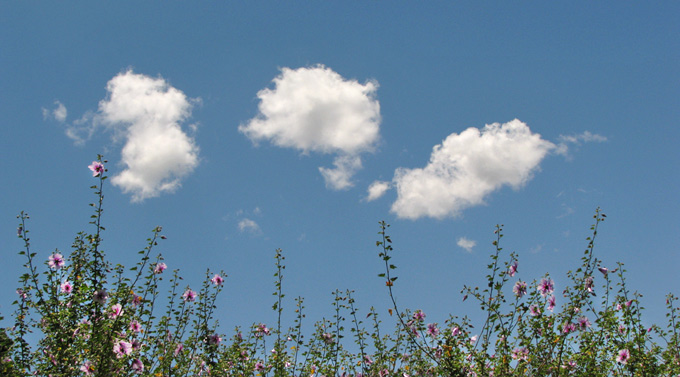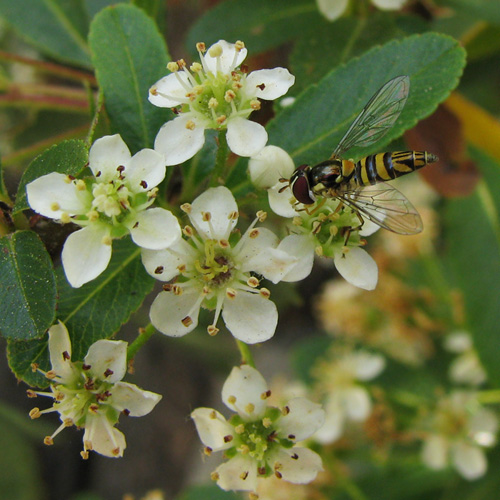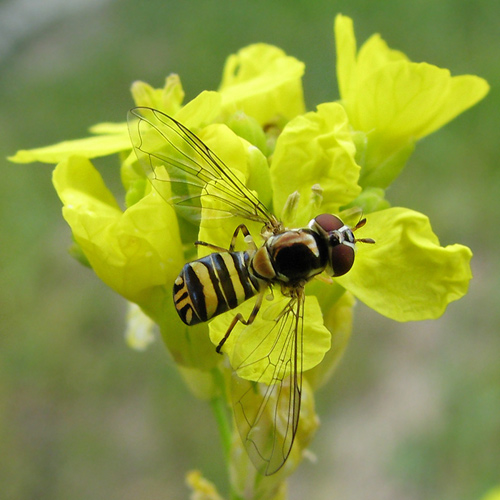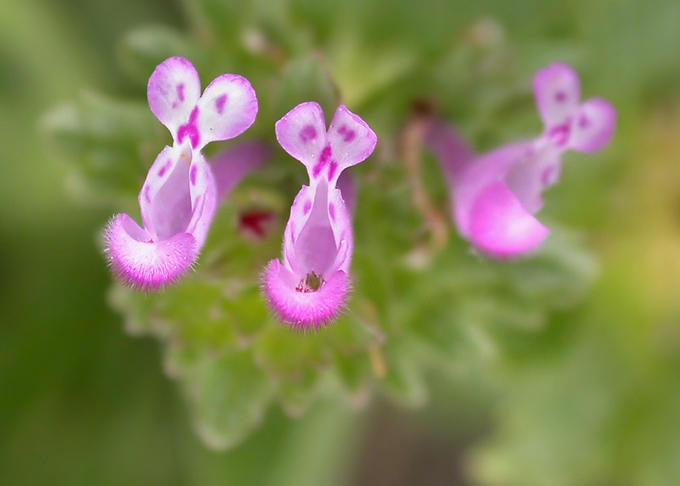I’ve been struggling to finish up the next installment of my retrospective on our trip to Washington last month. (Not struggling because it is unenjoyable, but because I can’t seem to decide which images to share… I’m terrible like that when it comes to making up my mind.) Meanwhile, ever since we returned home, the lure to be outside for large portions of the day grows stronger and stronger. Spring is in full swing and the sight of deer peeking out of tall grasses and the sounds of birds singing their best courtship arias are hard things to resist. (Not to mention the bevy of awesome insects that have arrived and promise a new discovery nearly every day!!) I promised myself that I wouldn’t share any of my recent pics until I’d finished with the tales of our trip — BUT WHO AM I KIDDING??? Some things just need to be shared… especially with friends. I hope you enjoy and be sure to click on the images for embiggened viewing!
 The Coast Range Newts (Taricha torosa torosa) are one of my favorite annual phenomena. Though they live in the area year-round, they are only easily observable at the end of Winter and through Spring when they leave their moist terrestrial hide-outs to congregate in the seasonal creek and breed. As they are extremely toxic, the adults have very few known predators, but CaliforniaHerps.com states: “Southern California populations have suffered population declines due to habitat loss and alteration caused by human activity, and from introduced predatory mosquitofish, crayfish, and bullfrogs, which eat the non-poisonous larvae and eggs. Breeding ponds have been destroyed for development, and stream pools used for breeding have been destroyed by sedimentation caused by wildfires.”
The Coast Range Newts (Taricha torosa torosa) are one of my favorite annual phenomena. Though they live in the area year-round, they are only easily observable at the end of Winter and through Spring when they leave their moist terrestrial hide-outs to congregate in the seasonal creek and breed. As they are extremely toxic, the adults have very few known predators, but CaliforniaHerps.com states: “Southern California populations have suffered population declines due to habitat loss and alteration caused by human activity, and from introduced predatory mosquitofish, crayfish, and bullfrogs, which eat the non-poisonous larvae and eggs. Breeding ponds have been destroyed for development, and stream pools used for breeding have been destroyed by sedimentation caused by wildfires.”
This has been a banner year for them thus far and their numbers seem very healthy… which makes me very happy!
 Storksbill (Erodium), also known as filaree or heron’s bill, is a non-native that grows rather prolifically here in the canyon.
Storksbill (Erodium), also known as filaree or heron’s bill, is a non-native that grows rather prolifically here in the canyon.
Its small flowers aren’t very showy, but as with anything in nature, a closer look reveals all kinds of intricate beauty.
 I never tire of looking at (and photographing) clouds. The sky on this day was doing some crazy things and I was fascinated by the organic shapes being created…
I never tire of looking at (and photographing) clouds. The sky on this day was doing some crazy things and I was fascinated by the organic shapes being created…
Does anyone else see a face on the right?
 Yup! It’s gotten warm enough for the rattlesnakes to be out basking again. This curled-up juvenile Southern Pacific Rattlesnake (Crotalus oreganus helleri) was about the diameter of an English muffin when I spotted it behind my house last week.
Yup! It’s gotten warm enough for the rattlesnakes to be out basking again. This curled-up juvenile Southern Pacific Rattlesnake (Crotalus oreganus helleri) was about the diameter of an English muffin when I spotted it behind my house last week.
A few days earlier, I saw a curled-up full-grown adult — closer to a medium-sized pizza in that case. *grin*
 The Mule Deer (Odocoileus hemionus) population this year seems to have grown. I have no good way of knowing exactly how many might live in this canyon, but I do keep track of how many I’ve seen together at the same time. Last month, I trumped my high count (by several!) when I saw a group of nineteen foraging together.
The Mule Deer (Odocoileus hemionus) population this year seems to have grown. I have no good way of knowing exactly how many might live in this canyon, but I do keep track of how many I’ve seen together at the same time. Last month, I trumped my high count (by several!) when I saw a group of nineteen foraging together.
I really, really, really, want to know what this deer is saying… any guesses? *big grin*
 As I mentioned, this is definitely a fantastic time of year to be out if you enjoy studying arthropods! The native Convergent Ladybeetles (Hippodamia convergens) were some of the first insects to start gathering in the lush grasses and new vegetation. [Whoops! I initially mistyped that these were a non-native species.]
As I mentioned, this is definitely a fantastic time of year to be out if you enjoy studying arthropods! The native Convergent Ladybeetles (Hippodamia convergens) were some of the first insects to start gathering in the lush grasses and new vegetation. [Whoops! I initially mistyped that these were a non-native species.]
As you can see, they are well on their way to creating the next generation.
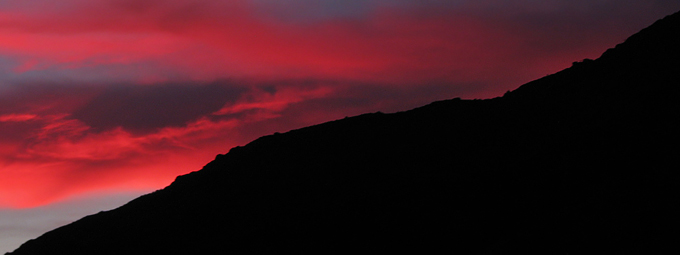 Earlier this week, I stood watching the sky long after the sun had set. At first it was all dark blues and purples, but then something shifted and I looked up and saw this…
Earlier this week, I stood watching the sky long after the sun had set. At first it was all dark blues and purples, but then something shifted and I looked up and saw this…
Can the sky really be that color, I thought? Yes, yes it can…
 OK, yes, I know this is a picture of a blurry bird… but, I have a fondness for such things and I especially like this one.
OK, yes, I know this is a picture of a blurry bird… but, I have a fondness for such things and I especially like this one.
*** Super extra-credit bonus points to the first person who can tell me which bird species this is! ***
For those of you for whom Spring has arrived, may you have the time to appreciate all the wonders it has to offer. And for those who are still patiently awaiting an end to cold and wet weather, may the anticipation make its arrival all the sweeter.
